Improved Pulumi Previews
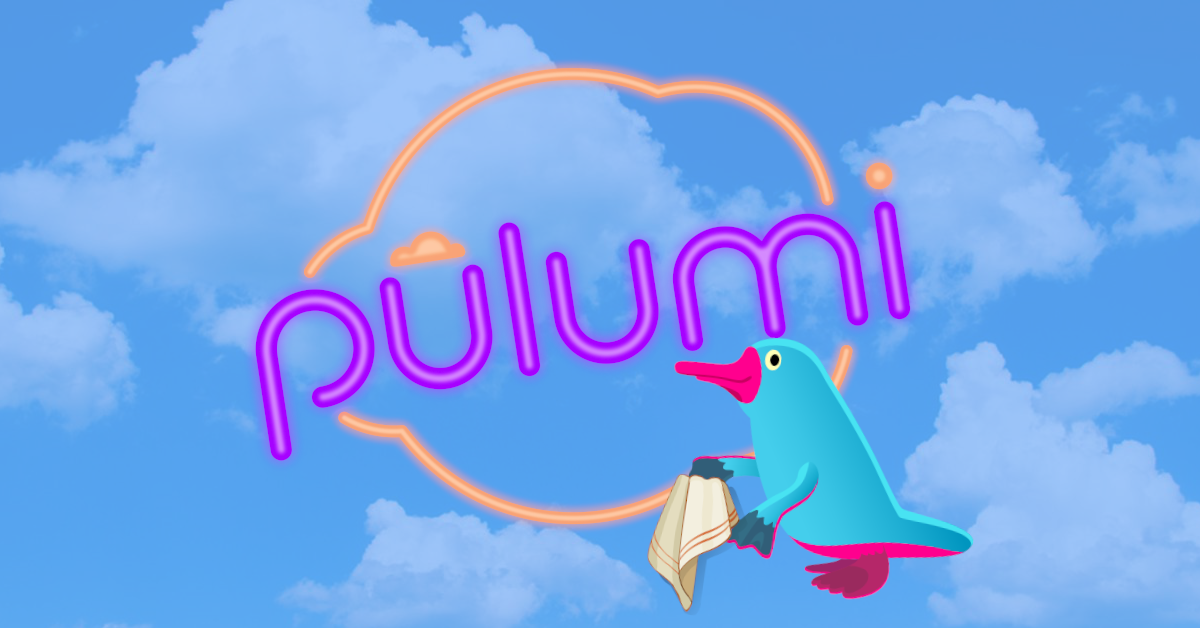
Today we are announcing a minor but significant improvement to the Pulumi preview experience.

Today we are announcing a minor but significant improvement to the Pulumi preview experience.

Policies protect your infrastructure by controlling access, set limits that reduce the blast radius of an incident, and manage infrastructure operations. Policies are commonly created through a form on a cloud provider’s administrative console, making replicating or versioning the policy more difficult. With Policy as Code, you can apply software engineering practices such as automated testing, deployment, and version control when creating policies.
CrossGuard is Pulumi’s Policy as Code solution that lets you create, verify, apply, and enforce policies. Policies are standalone packages that can be run against any Pulumi stack. That means your policies are language agnostic and work with any language supported by Pulumi. Policy Packages are policy bundles that evaluate every resource in your stack, whether deployed in AWS, Azure, Google Cloud, or Kubernetes.
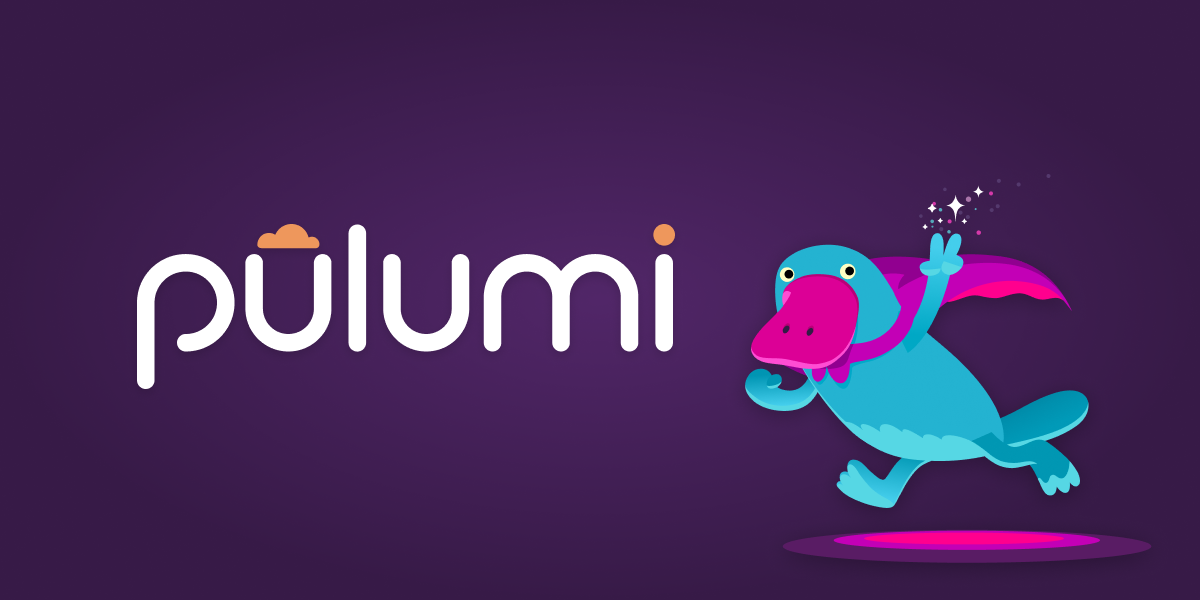
Today I’m thrilled to announce that we’ve raised $37.5 million in Series B funding led by NEA with participation from existing investors, Madrona Venture Group and Tola Capital. We will use this funding to continue serving our fast-growing community of developers and infrastructure practitioners, making Cloud Engineering the new reality for organizations embracing the modern cloud in all aspects of how they ship software.
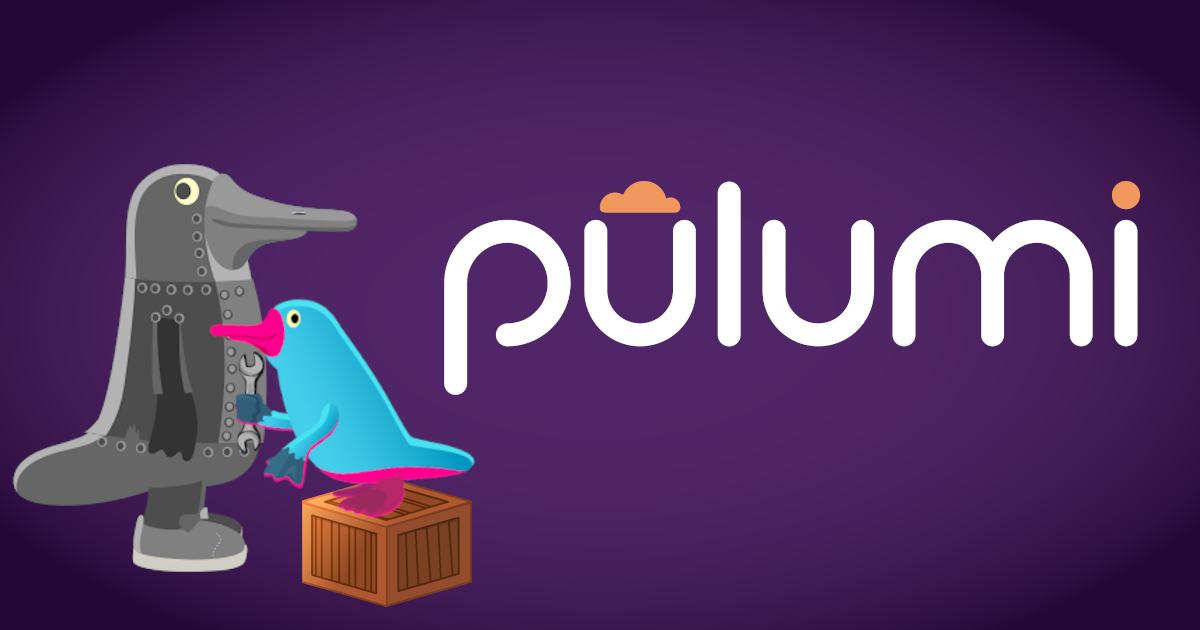
Today’s Infrastructure as Code platforms let organizations build rich, reliable, and complex cloud-based applications and architectures. But as teams move to modern cloud technologies, they continue to search for ways to drive increased software-driven automation. Although modern Infrastructure as Code tools bring key software engineering benefits to cloud engineering, they remain focused on human-driven workflows. For example, a person running pulumi up at their terminal or wiring the Pulumi CLI into their CI/CD system.
To scale up how we deploy and manage cloud infrastructure and ultimately unlock the cloud’s value and agility, we believe it will be critical to build software systems around our Infrastructure as Code platforms - systems that scale with software, not just humans.
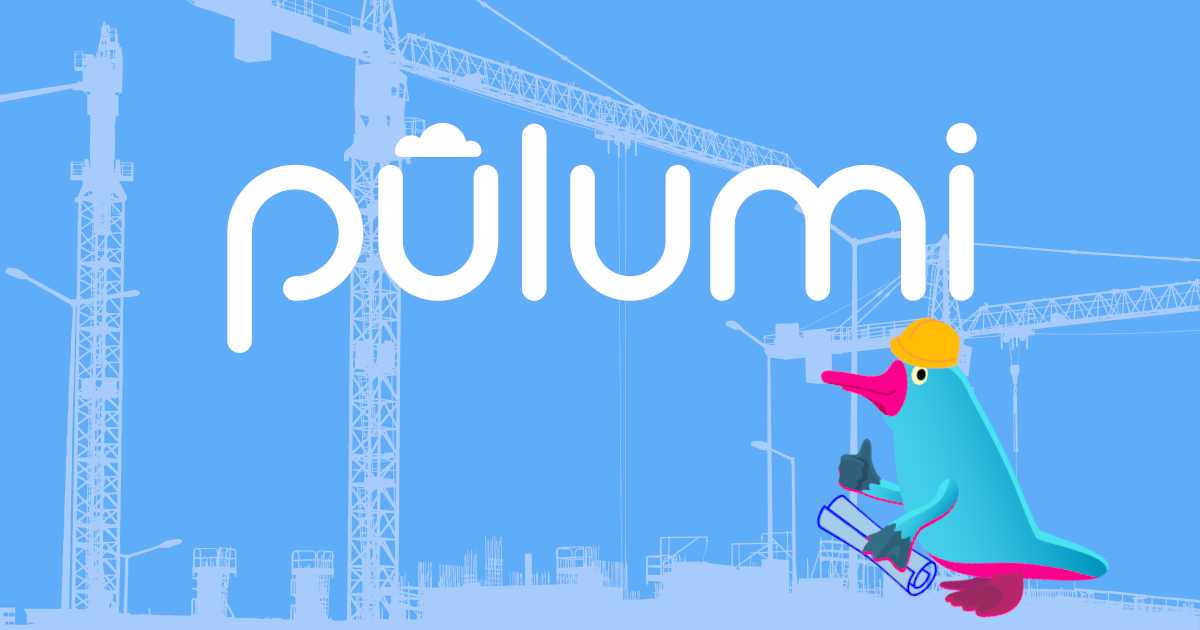
All software is cloud software. All modern applications interact with the cloud in some way, whether it’s using cloud for storage, compute capabilities, or with rich cloud services for data, AI/ML, and so much more, to deliver amazing new experiences. As a result, all developers today are cloud developers, and infrastructure teams are key to enabling innovation across the entire organization. I had a great time telling this story at the Cloud Engineering Summit today and wanted to take a moment to put pen to paper.
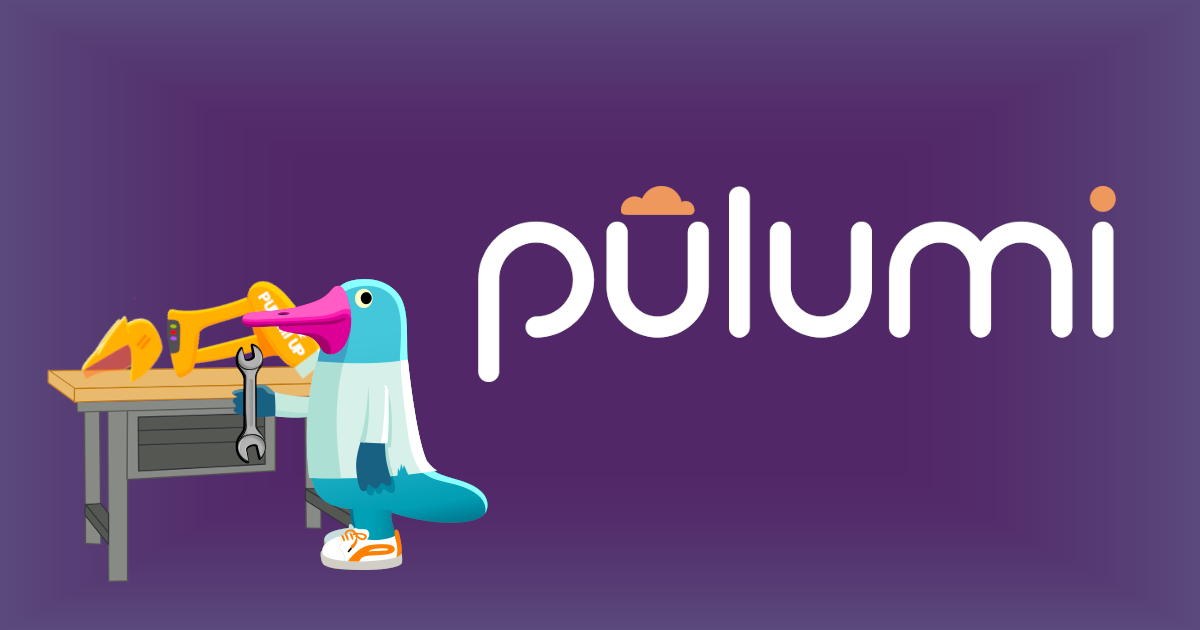
In software development, an anti-pattern is defined as an apparent solution that has unintended or negative consequences. The other side of anti-patterns is that they also offer solutions. Let’s look at container and Kubernetes anti-patterns and how to avoid them with infrastructure as code.
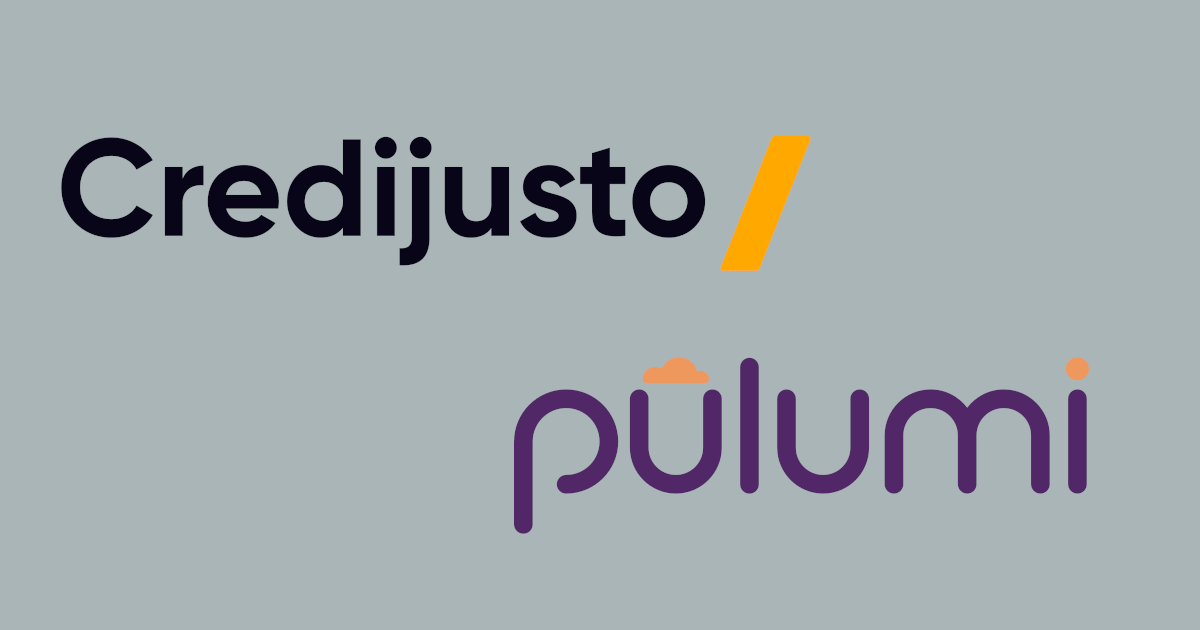
Guest author Lead Devops Engineer Fernando Carletti, writes about using the Pulumi Auth0 provider to manage resources at Credijusto.
Auth0 allows you to simplify your authentication process. The Auth0 Provider allows you to manage the Auth0 resources, managing Applications, Databases, Social Connections, APIs, and other resources. Here at Credijusto we use it manage authentication from the front-end through all the APIs that serve that request, leveraging the complexity of the authentication to Auth0.
For this article, we will start a new Pulumi project in a fresh Auth0 account and fully configure it for a backend and a single page application and set up a connection to Github which allows you apps to authenticate with it using OAuth.
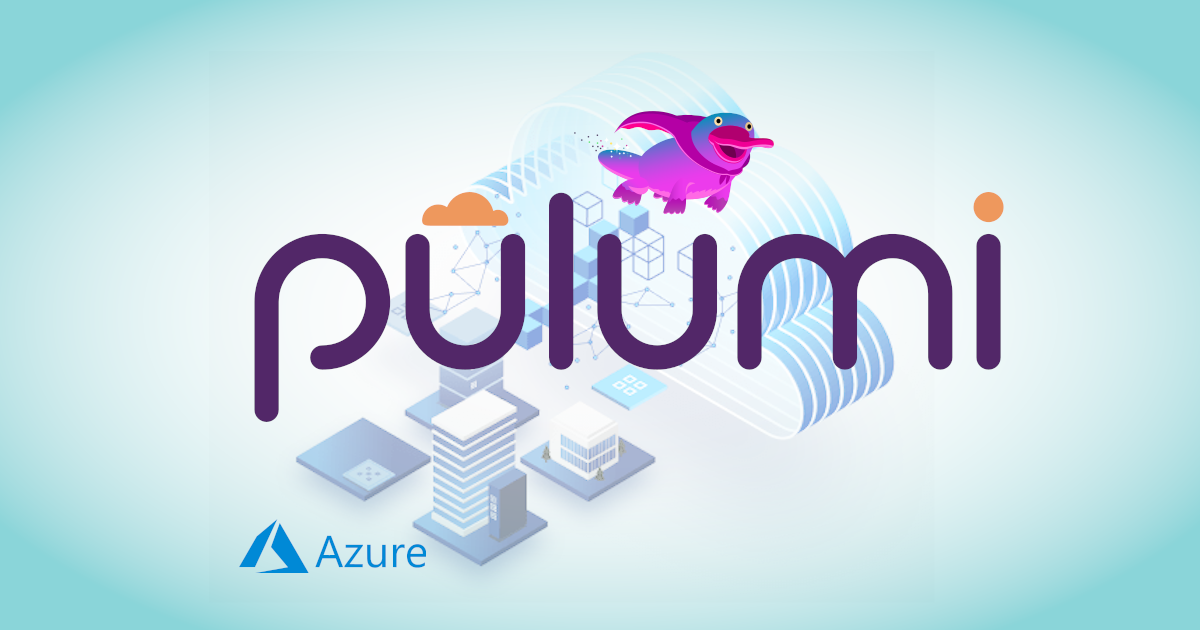
We are excited to announce the beta release of a next generation Microsoft Azure provider for Pulumi. Azure has been a rapidly growing cloud platform among Pulumi users over the last year, and with the next generation Azure provider, we are doubling down on providing the best support possible for the Azure platform in Pulumi. We designed the new provider to expose the entire API surface of Azure to developers and operators, now and forever.
The new Azure provider for Pulumi (azure-nextgen) works directly with the Azure Resource Manager (ARM) platform instead of depending on a handwritten layer as with the previous provider. This approach ensures higher quality and higher fidelity with the Azure platform.

Hi everyone! I’m Albert, a soon-to-be sophomore studying computer science at the University of Washington. Today marks my last day as a Pulumi intern, so I figure I’d reflect on my experiences up until this point. Joining Pulumi I heard of Pulumi for the first time when they visited my school’s career fair in January. As I rounded the corner into the CSE1 atrium, I saw a banner titled “Modern Infrastructure as Code,” with some lines of TypeScript of what appeared to be the creation of an S3 bucket.

@pulumi/awsx). For updated AWSx documentation and examples, see the AWS Guides.In this blog post, we return to the PERN application we previously migrated to Kubernetes and replace the PostgreSQL database with MongoDB. Although it might seem like a difficult task initially, the straightforward design of Pulumi and Kubernetes allows us to easily transition the application form a PERN stack to a MERN one.